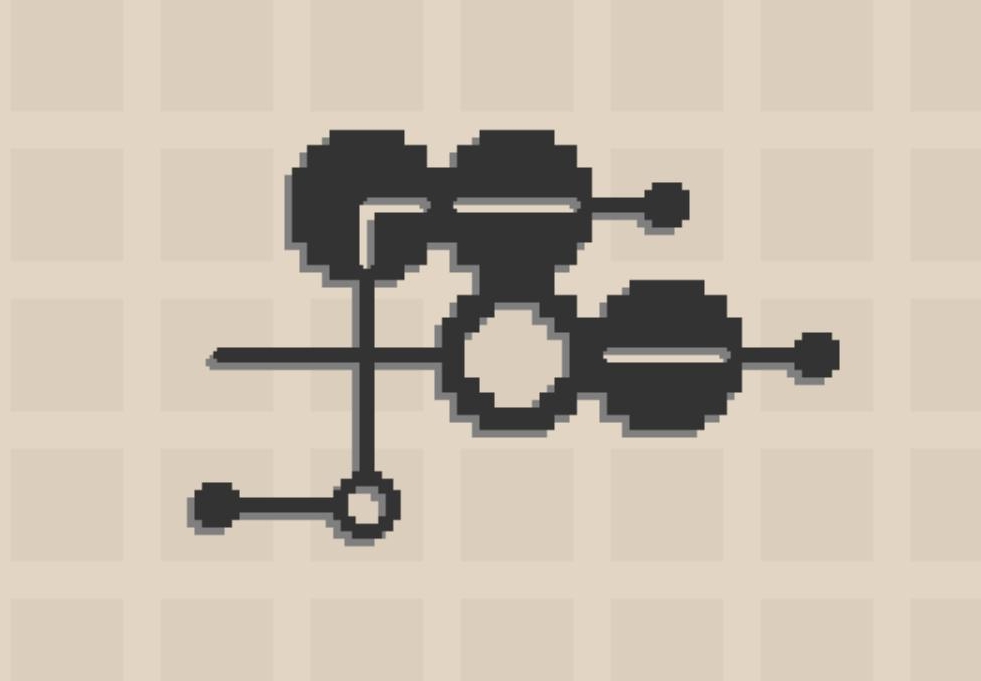
PC, iOS
I remember this awful dilemma back in the days when I was writing for other people’s magazines. You’d have a game to review, at least a month before it was out, and you’d be completely stuck. There was nowhere to get help online, because no one else had played it, and online wasn’t very helpful yet anyway. The only place to turn would be to the PR or developer themselves, and then you’d be in a pretty pickle: the only way you got through the game was to have personal contact the person making it, and as such created two dilemmas. (Great cars etc.) The first was you’d now been influenced as you reviewed, even if only on the most minor level. The second was the developer would now be bound to change that bit of the game because of your contact, and as such invalidate anything you could say about it. Brrrr, those weren’t the days.
I imagine the same problems likely exist today on larger publications. Fortunately I don’t play by the rules – I’ll just take fistfuls of money out of the bank in Monopoly when you’re not looking. So I’m very happy to tell you I’d not have gotten past level 5 of the horribly named Newton’s Cradle Puzzle Game if I hadn’t DMd creator Pater Hijma (responsible for Unitied) to ask for help.

Level 6 too. Couldn’t get my head around it at all. Then couldn’t understand Hijma’s explanation. Then solved it by accident. And it turns out from level 7 onward, this cute and nicely presented puzzle game comes into its own. So I’m glad I did.
I also suggested the game really needs an undo button, and found a bug on level 4, and now the game is going to get an update with an undo button, and there won’t be that bug on level 4. This is games journalism corruption, people, right before your eyes.

In what I’m going to pretend is called Newton’s Cradle, which seems like the ideal name given that it’s just sat right there, you have to apply the principles of that glorious 1980s office toy. Swing a ball into other balls, and the momentum of movement is transferred across. Swing two balls into the collection, and mysteriously the two balls on the other end will swing away. (Mysteriously, I say, because no one on Earth understands this, and most scientists have concluded it’s most likely magic.)
The game isn’t a representation of the swingy physics, but rather asks you to apply that notion to a 2D soko-adjacent puzzle. You need to slide the balls along the lines, but aware that where they hit others the Newtonian principles will apply. Knock two balls into three, and the farther two will slide away as far as they can down the line. It’s a neat concept. It’s also one that really doesn’t start working until that seventh level, where you’re now asked to bash balls that can’t be moved independently, and the solutions switch from trying to work out eight moves ahead, and instead become a far more entertaining process of elimination.

By which I mean, you’ll perhaps notice that there’s only really one available move, because all others will knock balls into a state that can only end in failure. A white non-interactive ball can never go into a corner, for instance, as there’d be no means of retrieving it. A black interactive ball needs to avoid situations where it can only slide between two dead ends at either end of a line. You have to think about consequences still, but much more immediate ones.
And this works, right up until you really miss that undo button. So I’m going to hold off playing more until after its release when that appears, hopefully by Friday. But do check this out, because it’s an original approach to a familiar genre, and one people with cleverer brains than mine are certain to enjoy. Also, it has a super-chilled jazzy soundtrack that I love. And I’m completely corrupted by having had a couple of nice Twitter DM chats with its developer, and thus morally bereft.
- Peter Hijma
- Steam, iOS
- £1-£2
- Official Site
All Buried Treasure articles are funded by Patreon backers. If you want to see more reviews of great indie games, please consider backing this project.



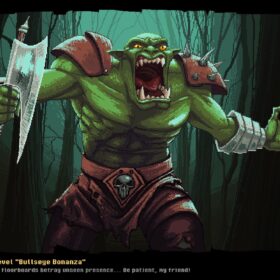



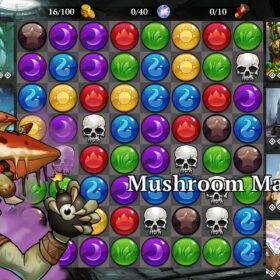
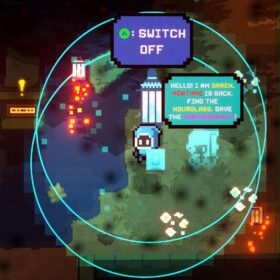
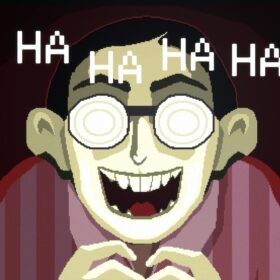




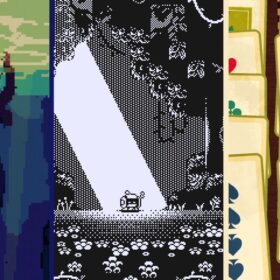

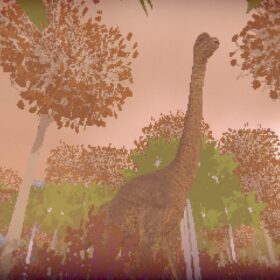

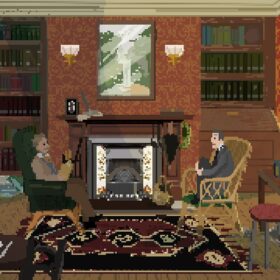
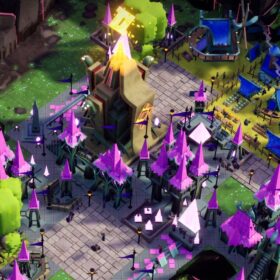
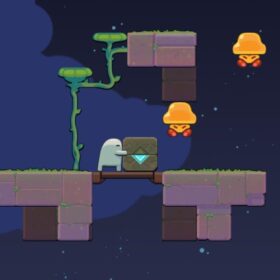


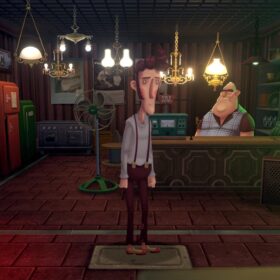
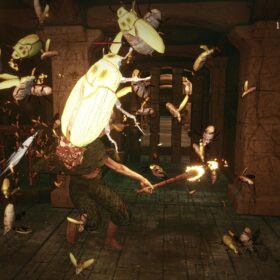

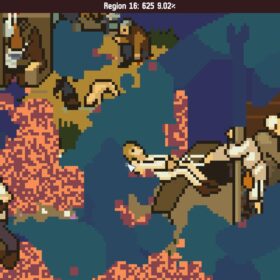
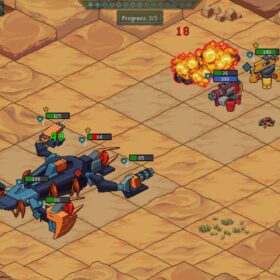

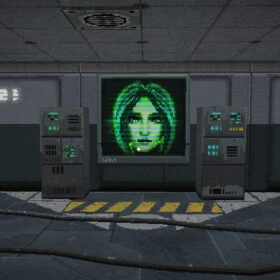

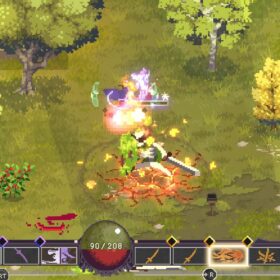
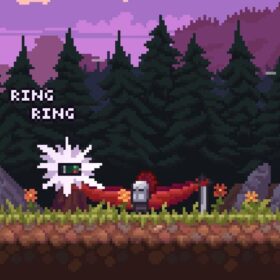

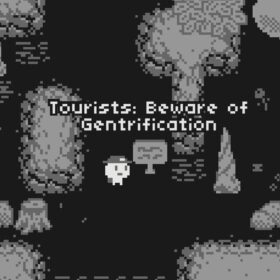


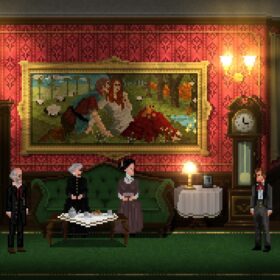

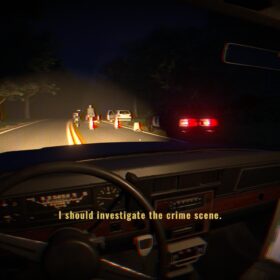

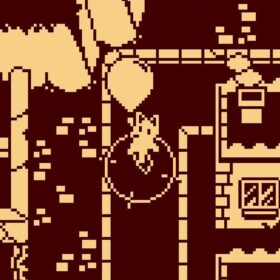
So, how do you solve levels 5 and 6? Because I’ve just hit exactly that problem you mentioned.
I also had this problem, and after reading your comment I tried again.
This time, I remembered another thing about the office toy: when you swung TWO balls against the row of balls, it would be TWO balls that swung out at the other end.
In case that is not enough of a hint: as a first move, move the second ball to the left.